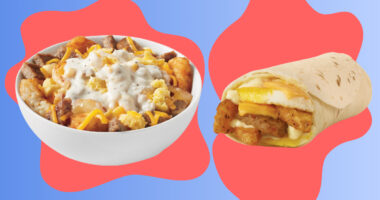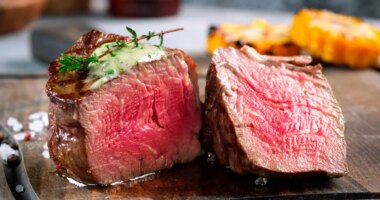Although breakfast has had a place on the morning table for almost all of modern history, the morning meal hasn’t always looked the same over the years. What was once a plate of sausage and eggs evolved to a powdered instant shake and then to some sliced avocado on toast.
But while some breakfast dishes, like eggs and bacon, have stood the test of time, there are some breakfast classics that are as frozen in history as those berries you just pulled out of your freezer to make a smoothie. These bygone breakfasts had been members of The Breakfast Club, trending for a period of time through the years, but are (for the most part) goners. Reminisce about these vintage breakfast dishes here—they likely nourished you as a child but haven’t been served since. And who knows—in 50 years, this list might even evolve to include smoothies and chicken and waffles.
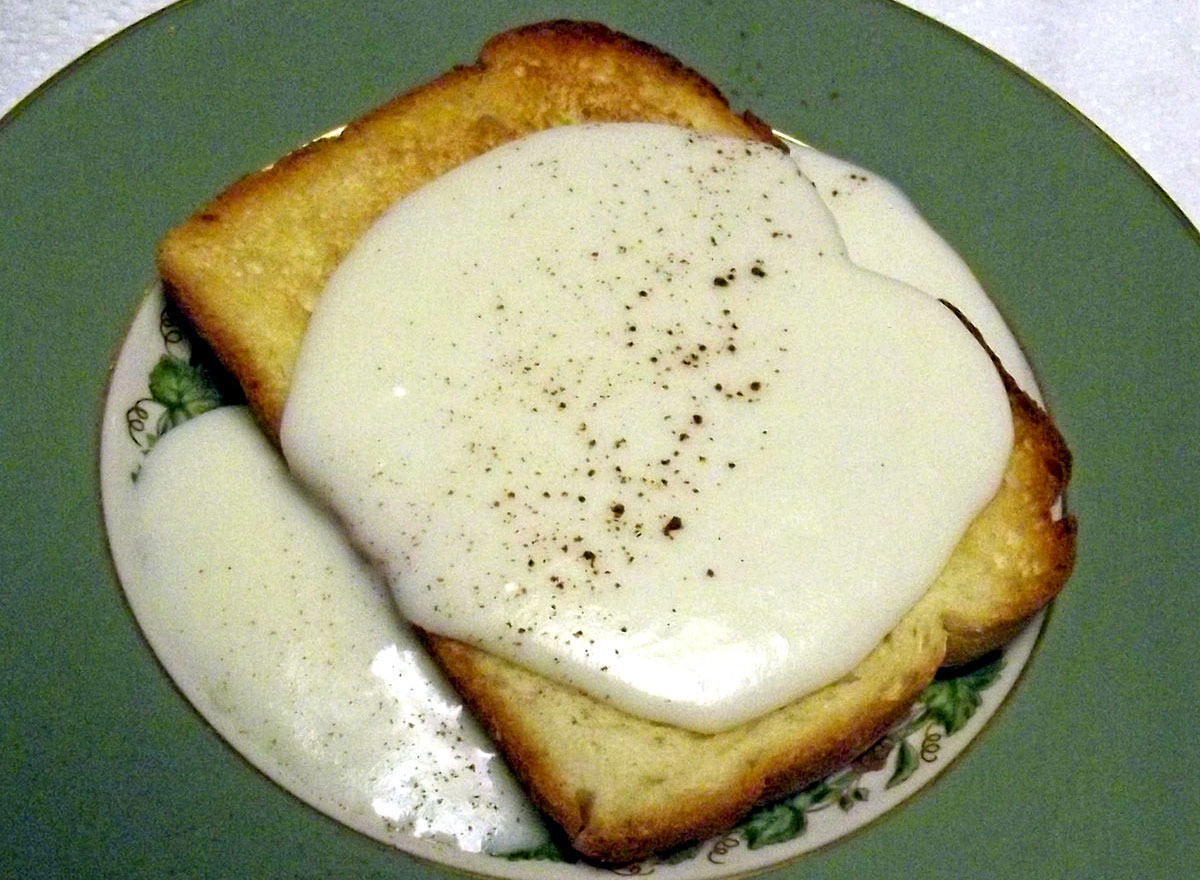

Once upon a time, this comfort food, made with toasted bread, warm milk, butter, and sugar was a breakfast favorite. It was also an easy morning treat—the bread was toasted, the milk warmed in a saucepan (sometimes with raisins and spices) and then poured over the toast. There were many variations, including cinnamon or salt and pepper added to the milk. It was also thought to aid digestion, which is an interesting sell as most people have trouble digesting dairy.
See a classic milk toast recipe in the New England Cook Book.
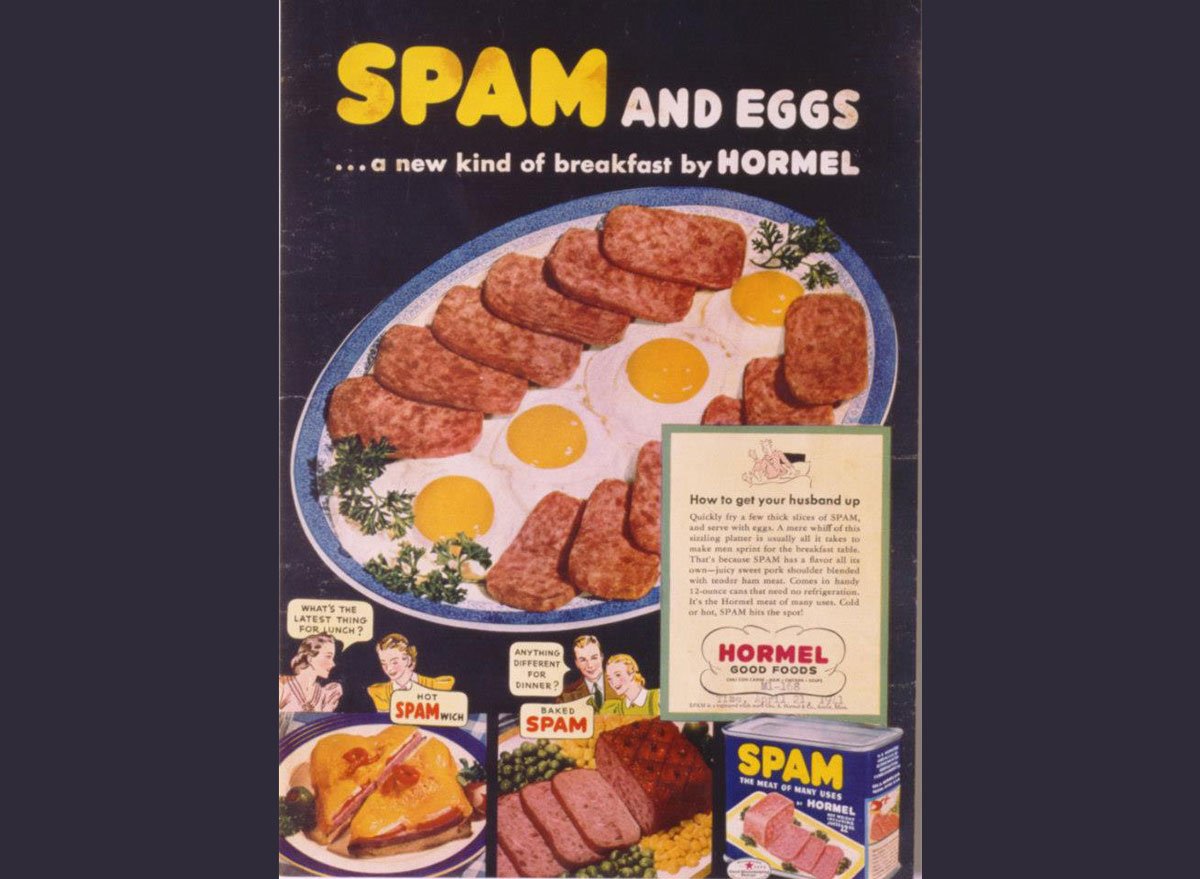

Spam became a household name during World War II, intended to mimic meat which was rationed during the war. Affordable, it was labeled as “pork, with ham meat added” along with some salt, water, modified potato starch and a preservative. Spam was used in many recipes, not just for breakfast, although it was a breakfast staple. Today, the canned cooked meat gets a bad rap in many parts of the country, but not in Hawaii, where you still will find spam and eggs for breakfast—typically with rice added to the dish, too.
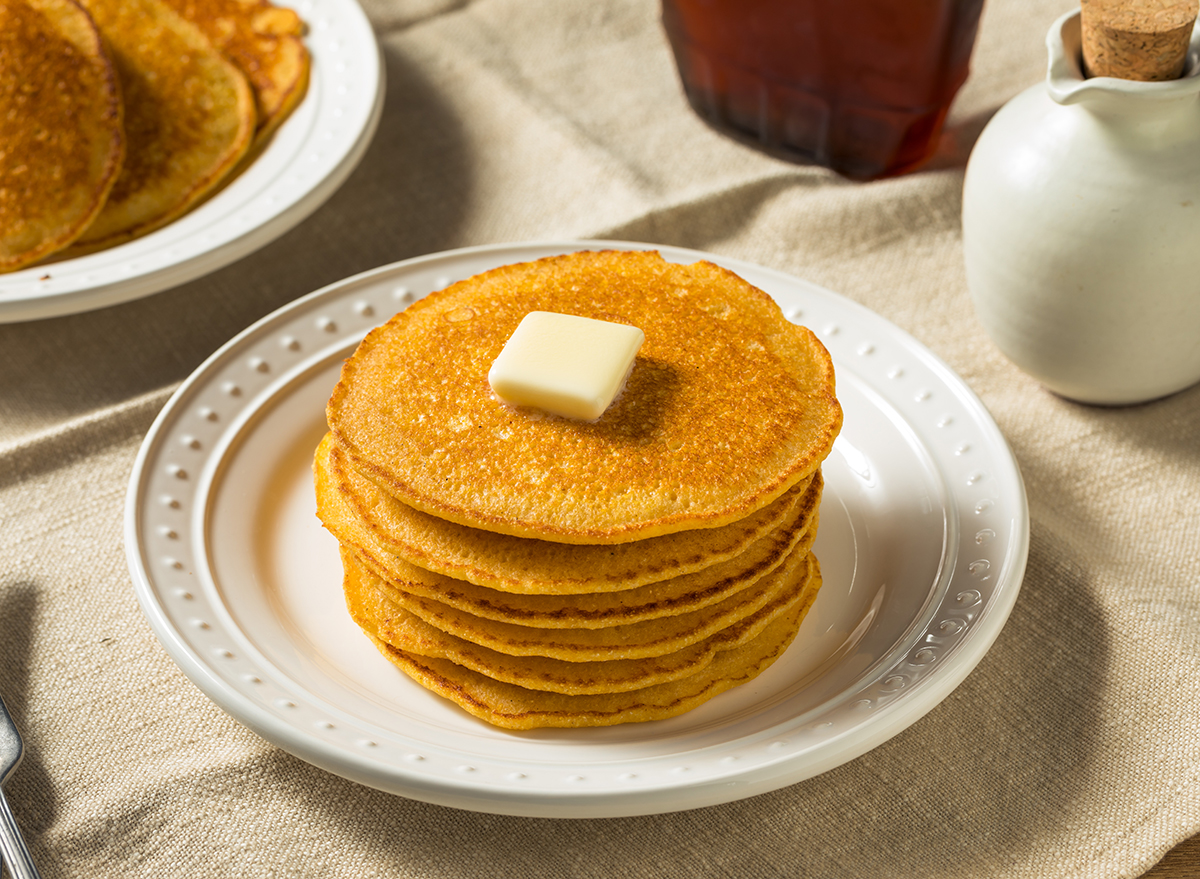

This fried cornmeal flatbread dish dates to the Native Americans. The recipe, published in the 1909 New England Cook Book, was easy: It featured cornmeal, boiled water and salt, and the end result resembled pancakes.
Johnnycakes still sometimes make an appearance on menus in the Midwest and parts of the South and are savored in Rhode Island and in some Caribbean countries, too. Who’s Johnny? Nobody knows for sure, and the belief is that most likely there was no Johnny. While one claim, published in the 1956 The New England Cook Book, was that travelers needed food to break their fast and these “journey cakes” kept him nourished, the more likely etymology is that the name is derived from the word “janiken,” which means corn cake.
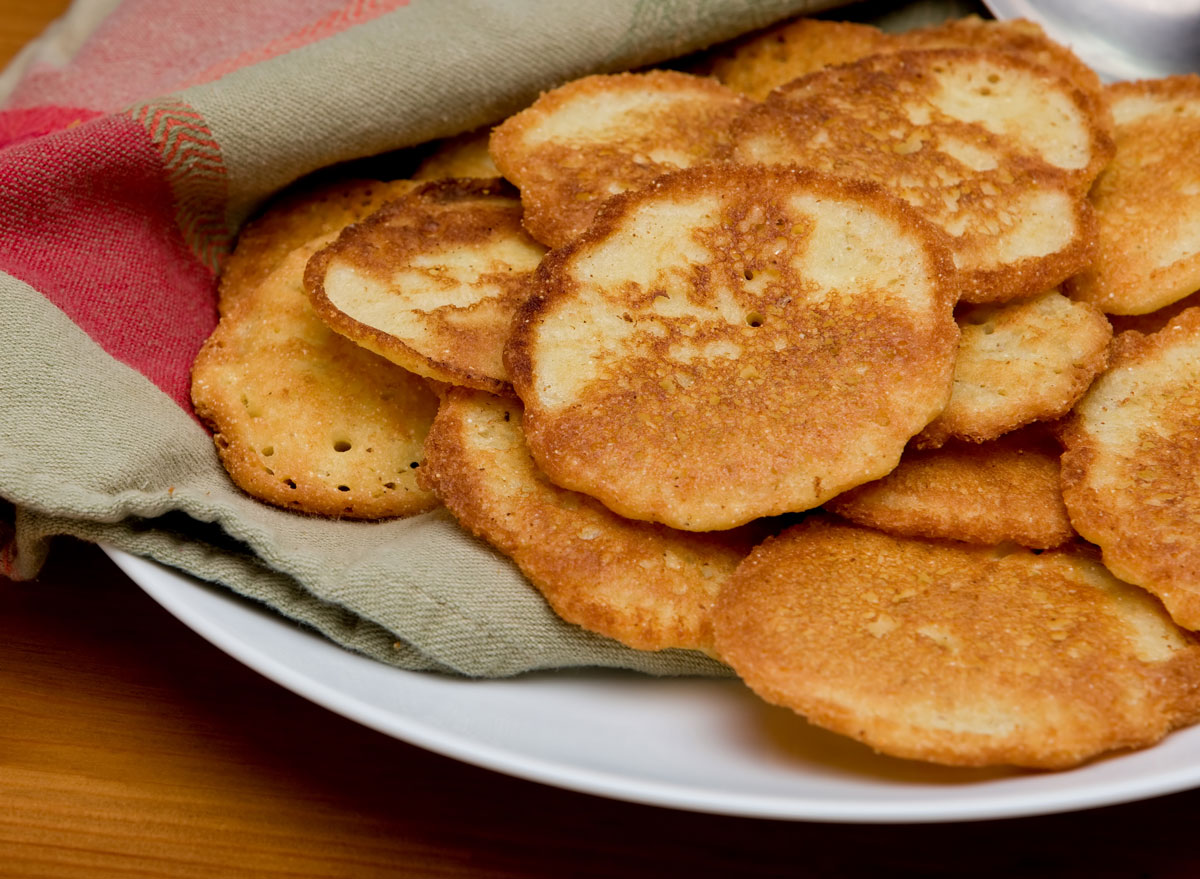

You may also be familiar with “hoecakes,” which use a similar recipe to Johnnycakes. However, the main difference lies in the original method of preparation: Hoecakes were likely baked on a large iron hoe over a fire.
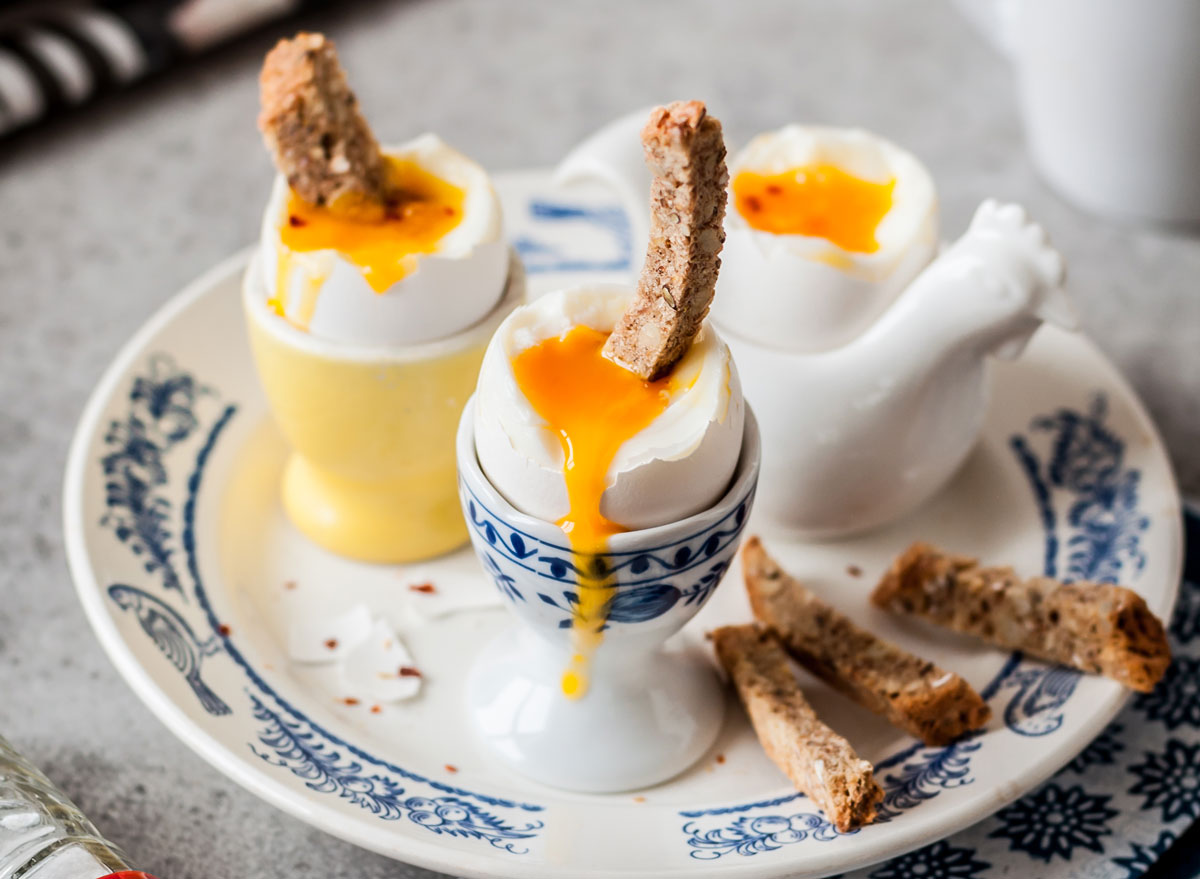

While they’re still pretty popular in Great Britain, if you lived on this side of the pond—especially in Maryland, Pennsylvania, or Pittsburgh—you may have had the whimsically-named dish back in the day. The eggs were cooked sunny side up, making them perfect for dipping toast into the runny yolk. The toast is sometimes called “soldier toast,” too.
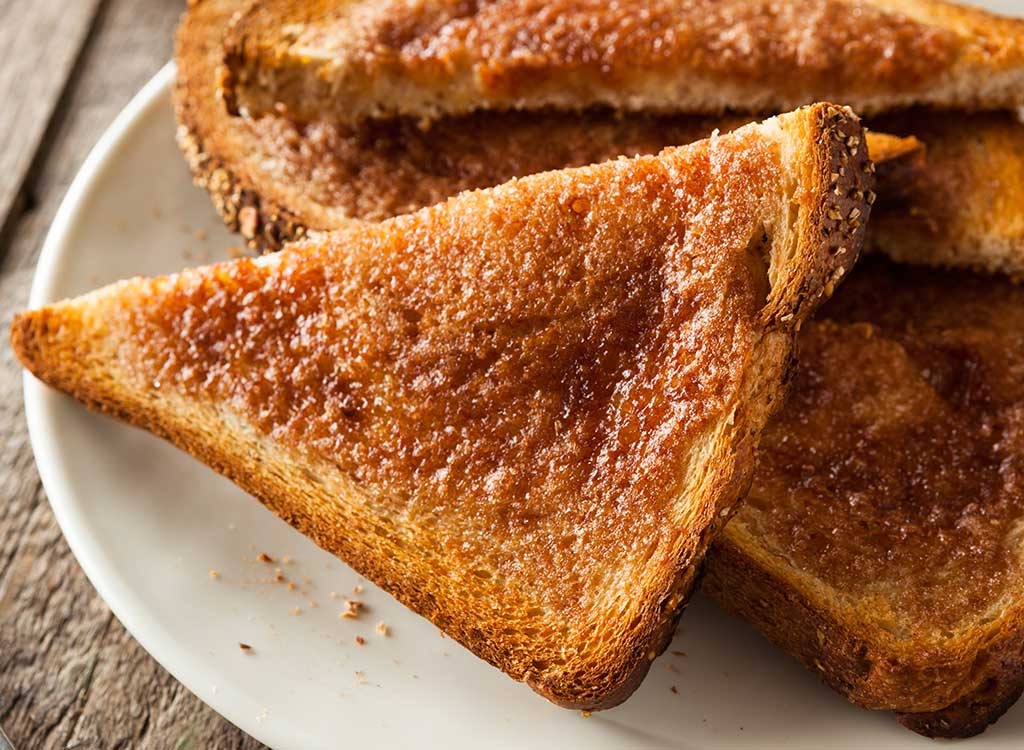

Another kiddie-favorite breakfast comfort food, this dish was all about toast, butter, and cinnamon sugar. The toast was sometimes cut into fun-loving shapes or the crusts were cut off, but it was really all about the warm, buttery, cinnamon-sugar topping that tugged at hearts. This is nostalgic comfort food for sure.
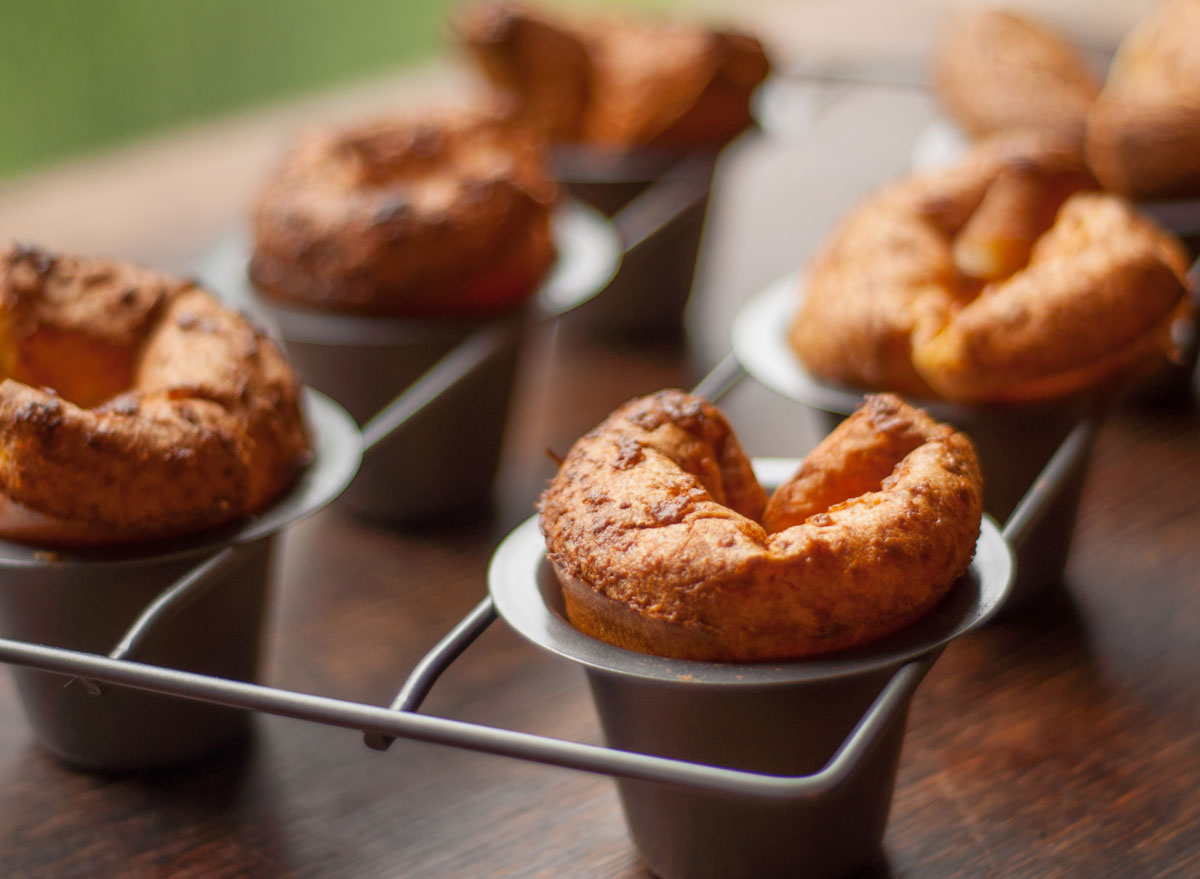

Think “Yorkshire pudding,” and you’ve kinda got a popover. It’s similar to the pudding in that it is light, hollow and eggy and was especially popular in New England. Served warm with butter and jam, the popover is believed to have popped up in kitchens and in cookbooks in the 1850s. In Portland, Oregon, another version, Portland popover pudding was popular. You can find an original popover recipe in the New England Cook Book.
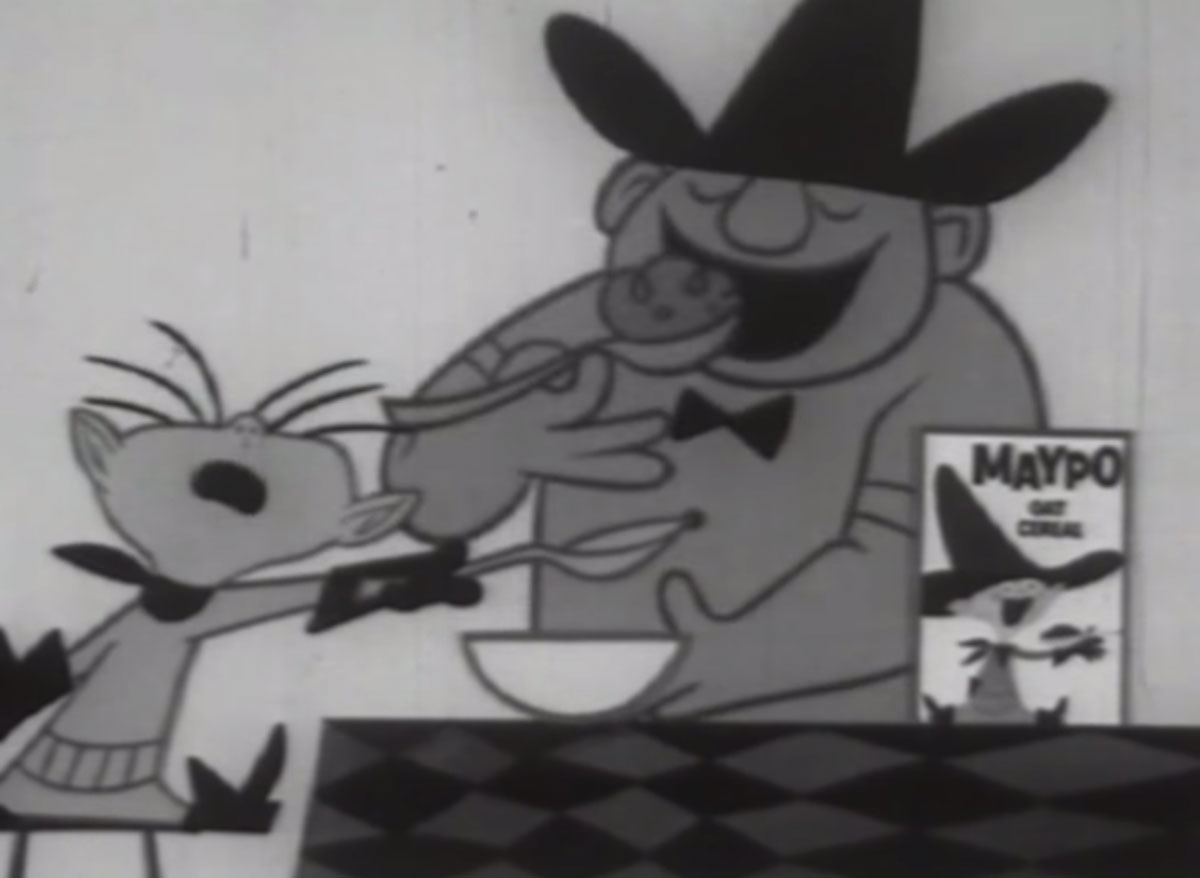

This instant oatmeal, flavored with maple, was an instant success when it showed up on the breakfast scene in the early 1950s. It was a novelty, and if you didn’t actually eat it, boomers probably remember the catchy marketing jingle, “I want my Maypo.” Maypo has been reimagined with a recipe that includes quinoa and is again for sale in grocery stores. But, the retro Maypo of many childhoods is no longer.
READ RELATED: You really CAN die of heartbreak: Widower of Texas teacher shot dies from medical phenomenon
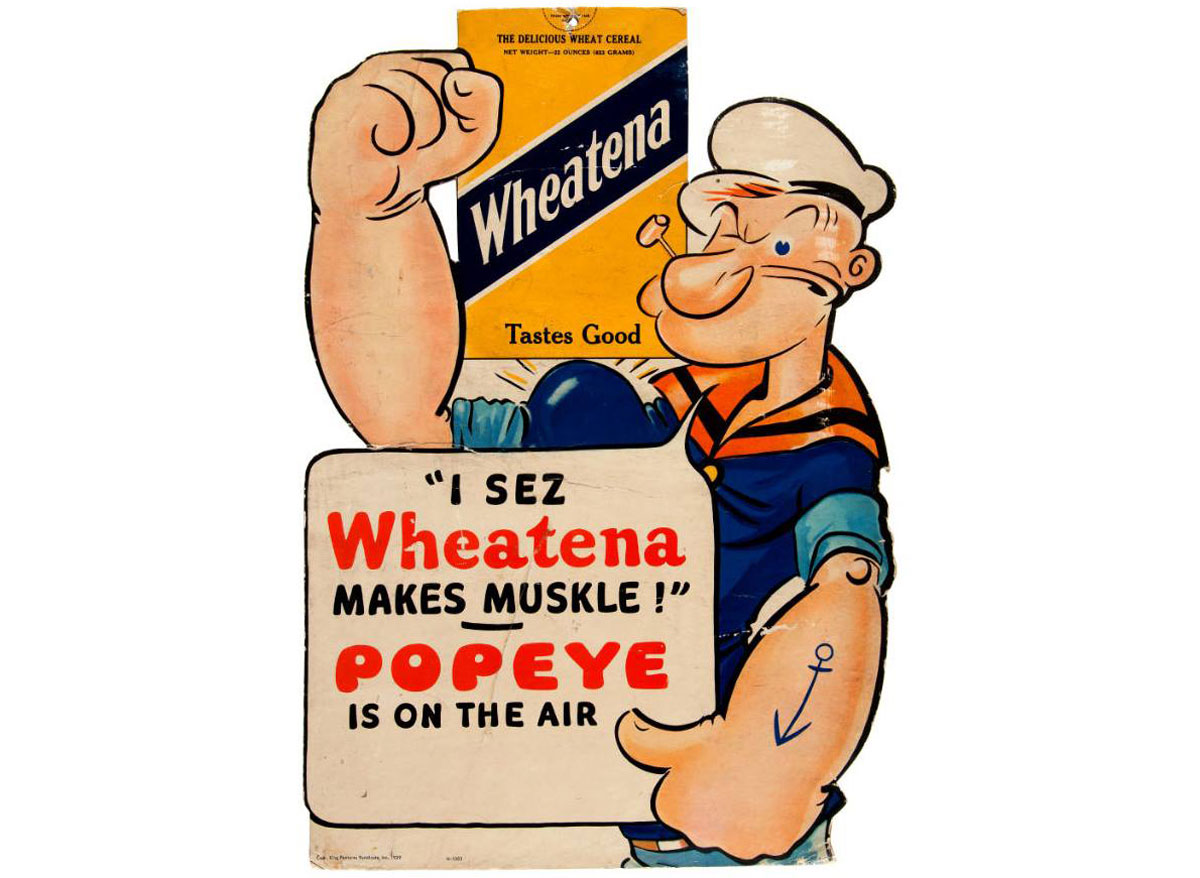

New York City is where this hot toasted wheat cereal was born in 1879, specifically in a neighborhood bakery on Mulberry Street, or so it is believed. It’s had a good run, through the centuries, and yes, it is still around, produced now in Pennsylvania. But it’s not nearly as popular as it was back in the day.
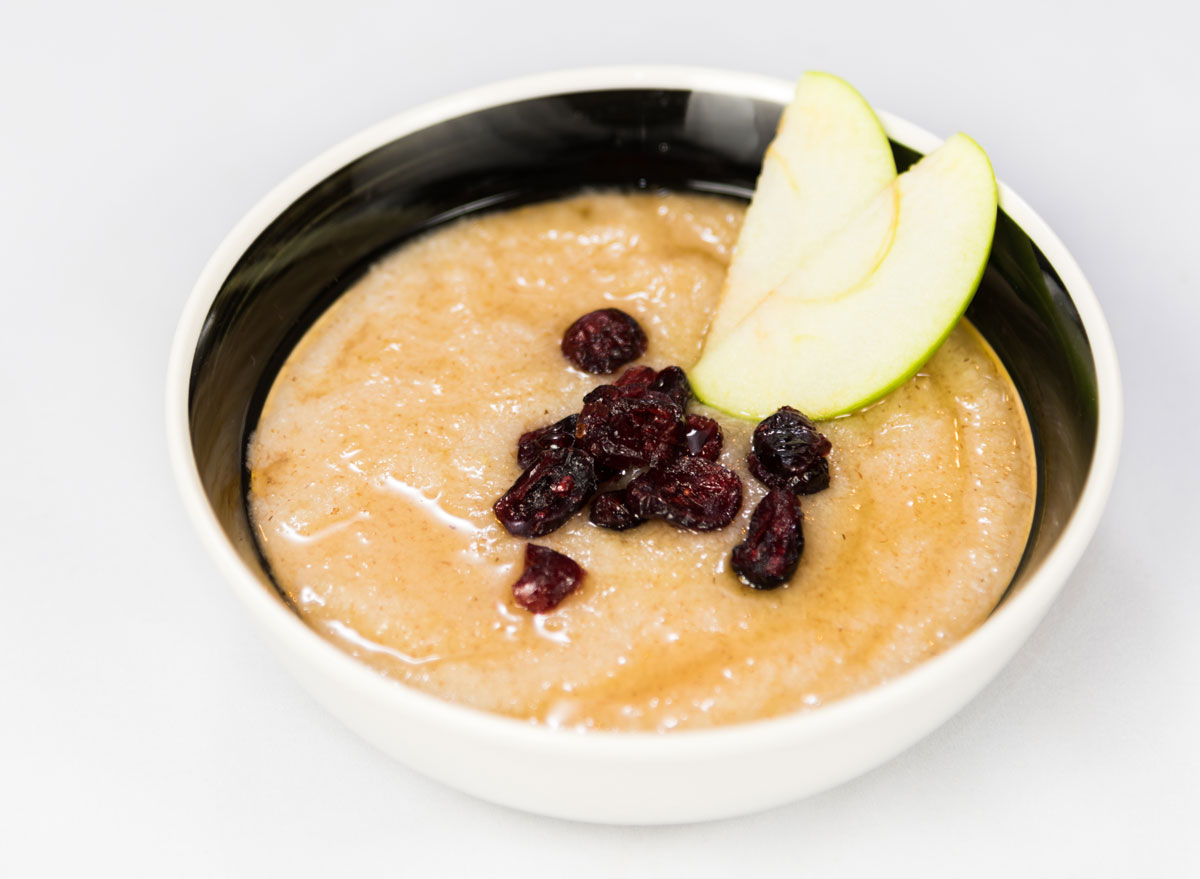

A farina type of wheat (of course) this was another porridge breakfast comfort food. Made with hot milk and often with maple syrup, maybe a little salt, it was a hug in a bowl on winter mornings. It surfaced in a North Dakota mill and came on strong as a warm way to start the day. You can still buy it, but kids these days have probably never heard of it.
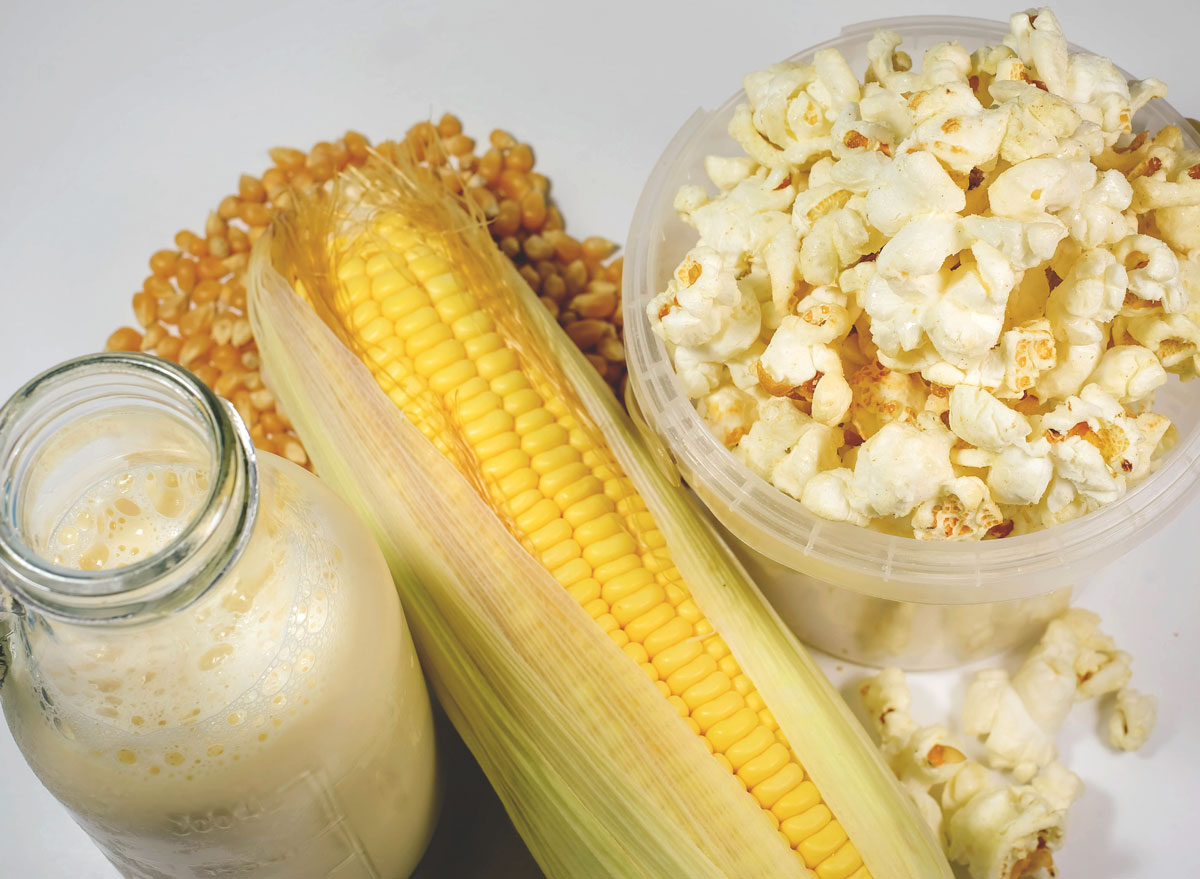

A simple and popular breakfast in the 1800s, this dish was prepared with popcorn (yes, that popcorn), milk, and a sweetener, such as a sprinkle of sugar. In fact, Ella Ervilla Eaton Kellogg—the wife of cornflake inventor John Harvey Kellogg, whose brother W.K. Kellogg founded the Kellogg Company—even suggested in her 1893 book Science in the Kitchen that “ground pop corn is considered a delectable dish eaten with milk or cream.” It was easy to make, and now that popcorn is touted for its health benefits, it’s a fun, sure-to-please breakfast cereal to make at home today.


The breakfast of champions in Pennsylvania Dutch country, scrapple was a common morning meal during periods of war, thanks to its cheap parts. It was typically made with pork, cornmeal, flour, buckwheat flour, and spices, and formed into a patty. It is still served in Pennsylvania and neighboring states but fallen out of favor elsewhere.
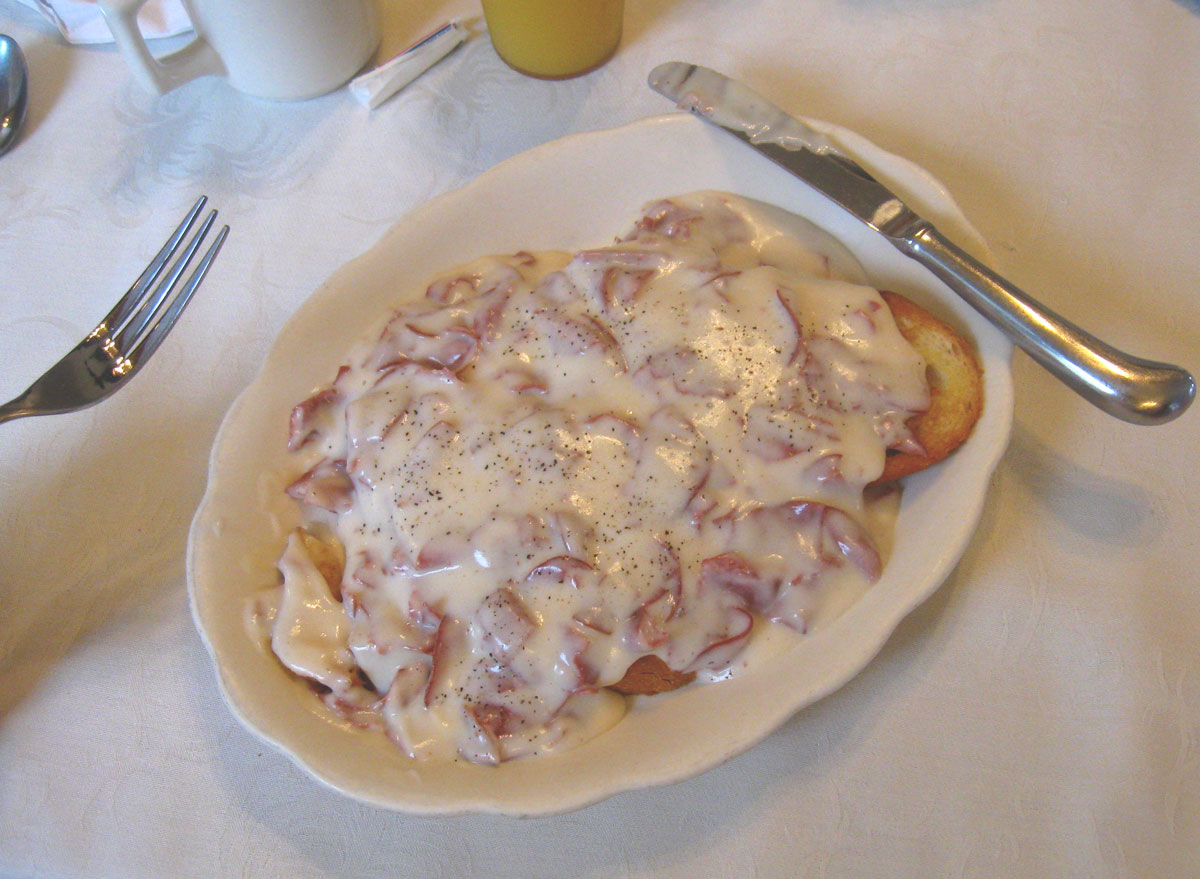

It had a nickname—sh** on a shingle—a meal of dried chipped beef and milk gravy served over toast (toast being the shingle). It was a breakfast staple for the United States Armed Forces for many years, and if you search, you might find it still served in some diners around the country. It can also be served over biscuits or potatoes.
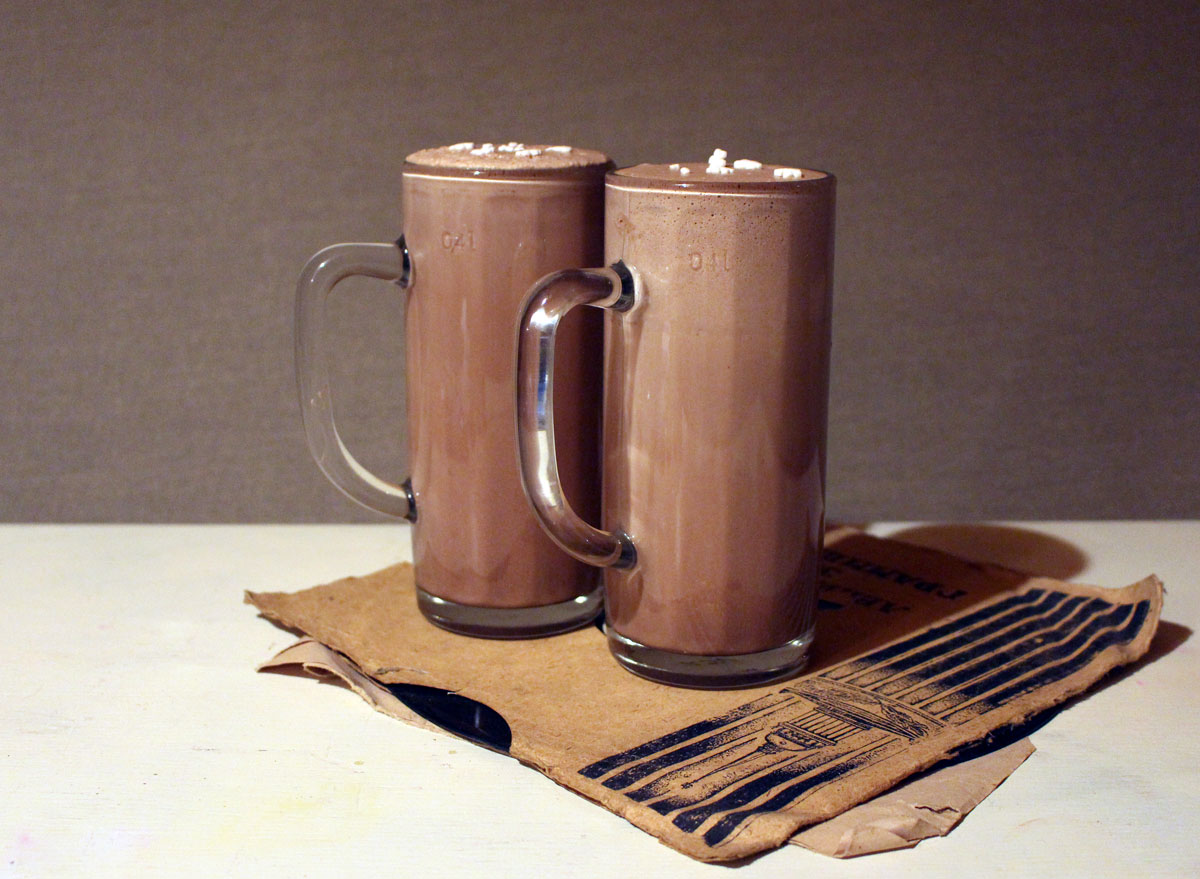

No, we’re not talking about the eggnogs of the holiday season. We’re talking about breakfast eggnogs, like the ones my mom and dad used to make on early mornings before school. It was a fast and nutritious breakfast meal, or so we thought. It was made of milk, an egg or two, and chocolate syrup, and mixed in a blender—an instant breakfast that was actually delicious. Fast forward to the news that raw eggs were risky for salmonella, and gone were the days of harried parents looking to make school mornings a breakfast breeze.
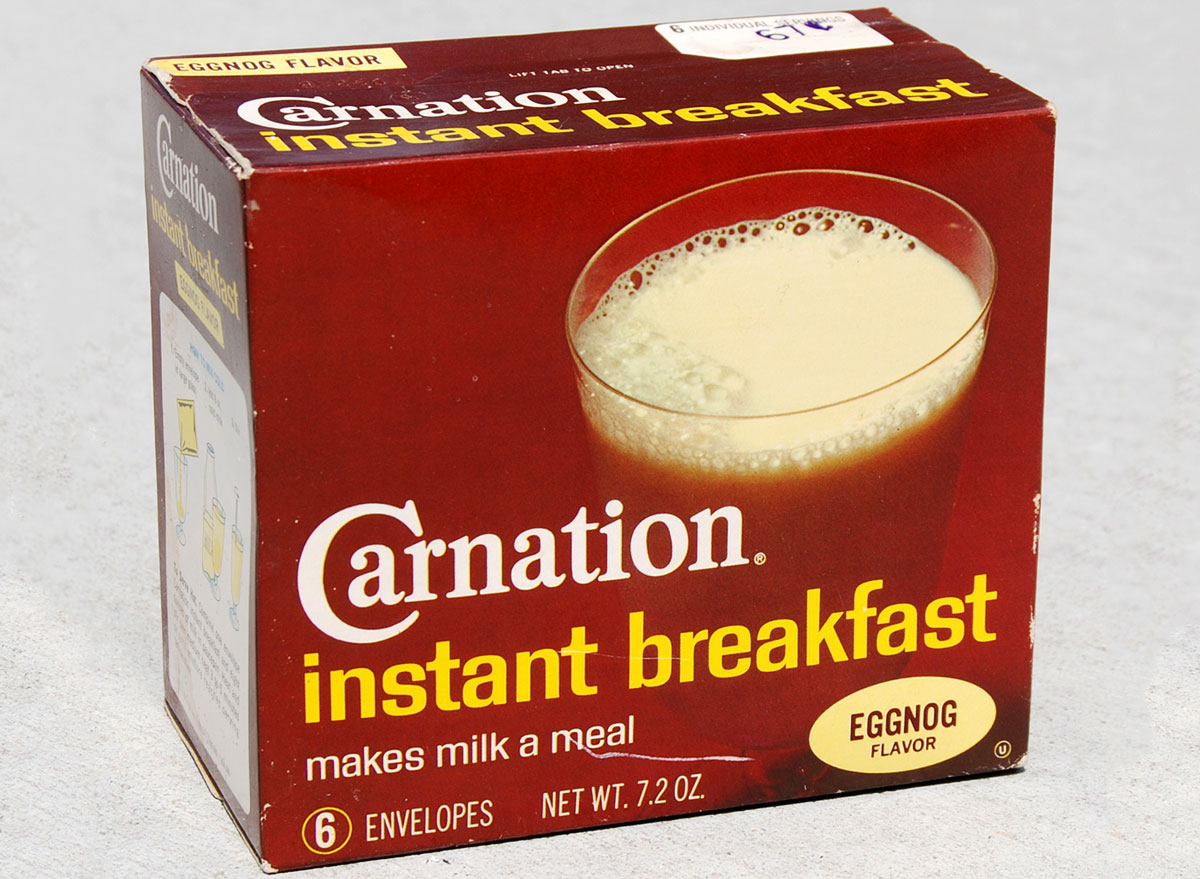

This was another quick breakfast made when kids growing up in the 1970s were late to school or needed something fast. The powdered mix came in flavors like chocolate and strawberry. And when mixed with milk, it was delicious and thought to be nutritious—”makes milk a meal” was the tagline. When kids gulped down a glass, mom felt like Mother of the Year.
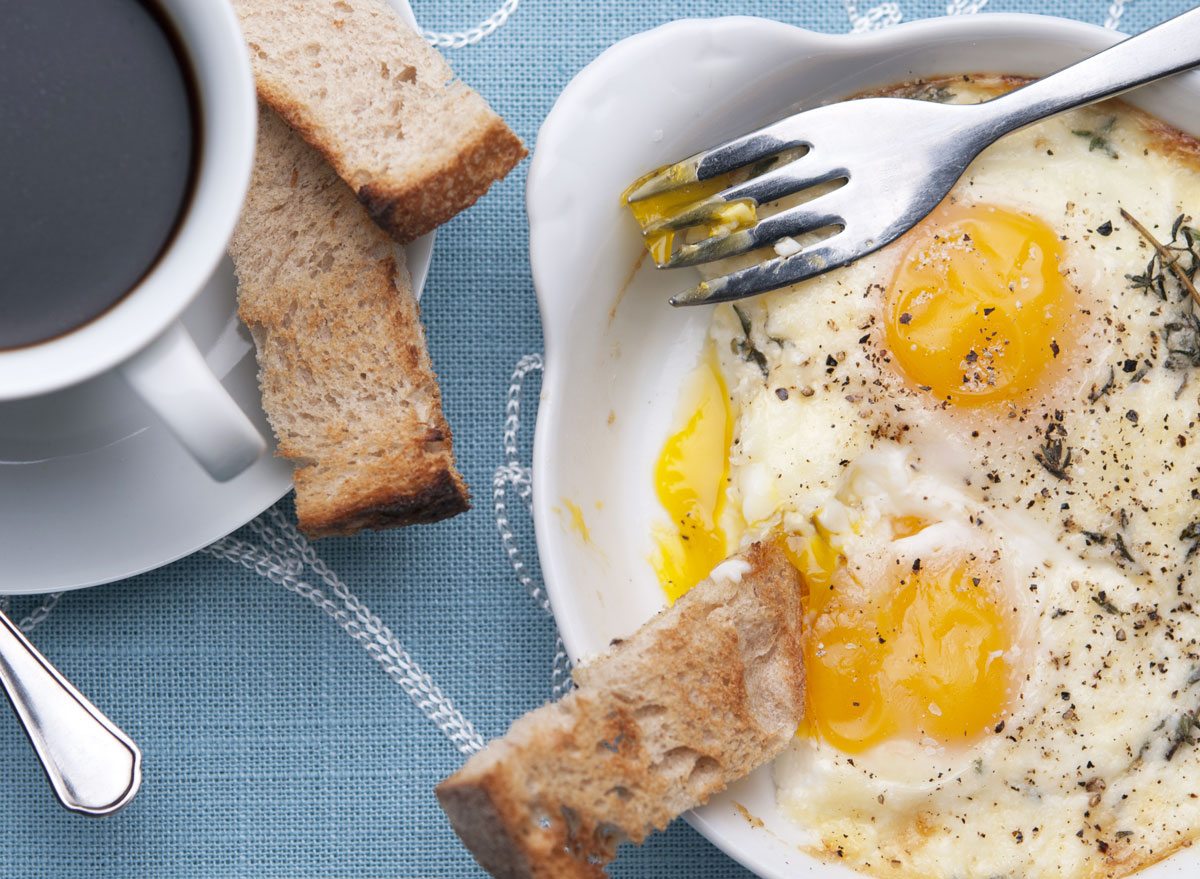

Fanny Farmer, famous for her 1896 Boston Cooking-School Cook Book, published a recipe for shirred eggs in her follow up book: Food and Cookery for the Sick and Convalescent. The dish was prepared in what Farmer called an “egg shirrer” (translation: a shallow gratin dish like a ramekin for the eggs to bake). It was a yummy, somewhat elegant dish of baked eggs, with a little cream and Parmesan cheese.
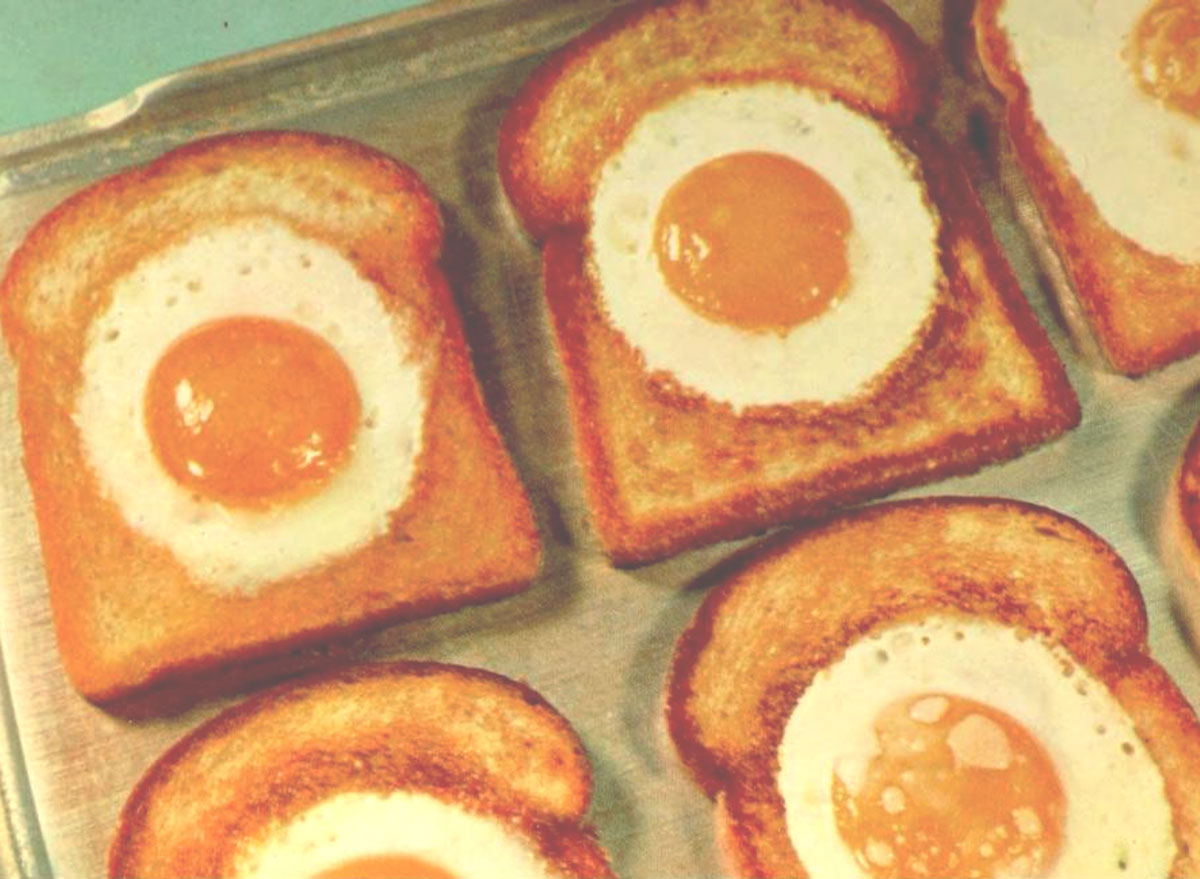

Known also as egg in a basket or toad in hole, this turn-of-the-century breakfast was a hole-in-one favorite—think a fried egg that’s cooked in the middle of a piece of toast. Fannie Farmer’s famed 1896 Boston Cooking-School Cook Book had a recipe for a dish called egg with a hat, which was basically the same dish.
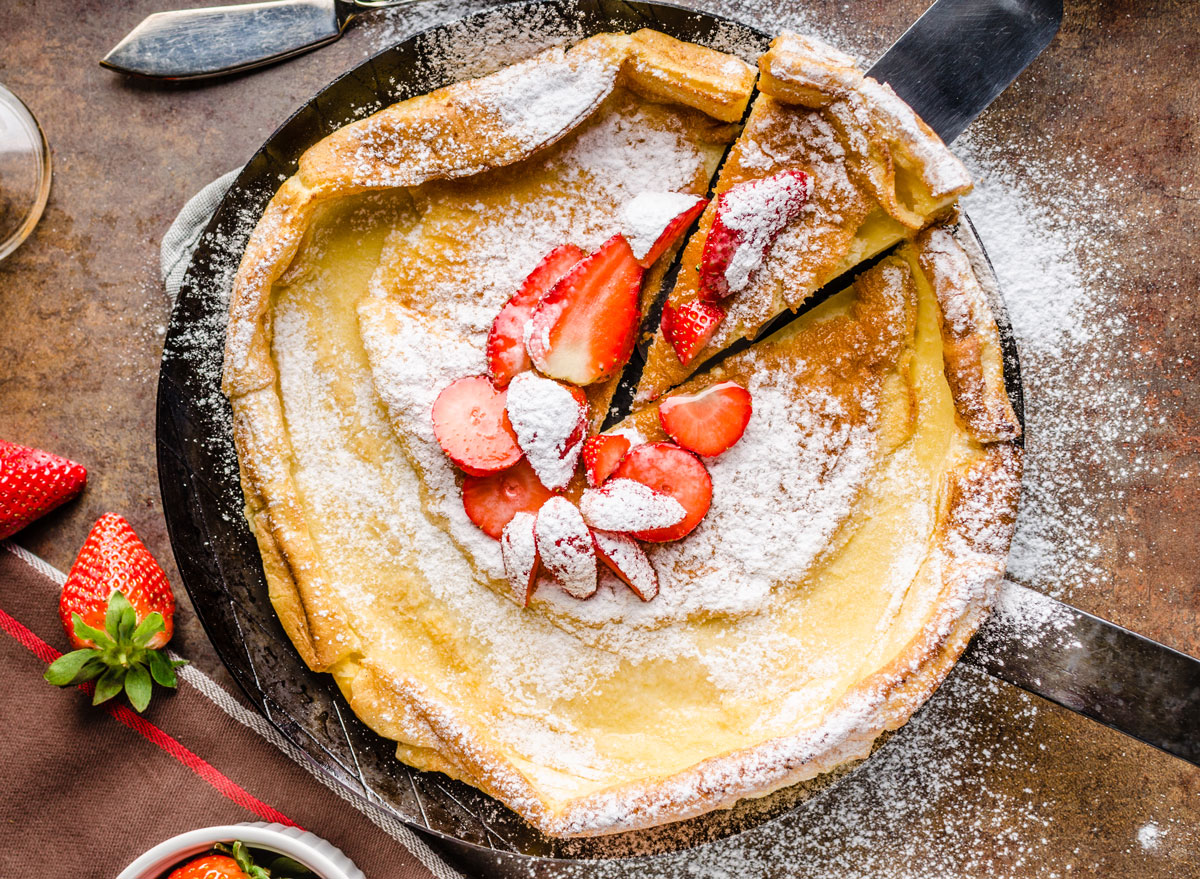

You may think this pancake has Dutch roots, but it is actually believed to have originated in the United States—Seattle, specifically, at least according to Sunset magazine, which introduced the dish to instant fame in the 1950s. The claim is that it was first baked in a family restaurant, Manca’s Cafe, in the 1900s. And unlike traditional pancakes, which are prepared on a griddle, the Dutch Baby was baked in the oven. It is also not flat like a pancake (it collapses when removed from the oven) and is thicker. The morning treat was typically served with fruit toppings, powdered sugar and syrup. Yeah, baby.
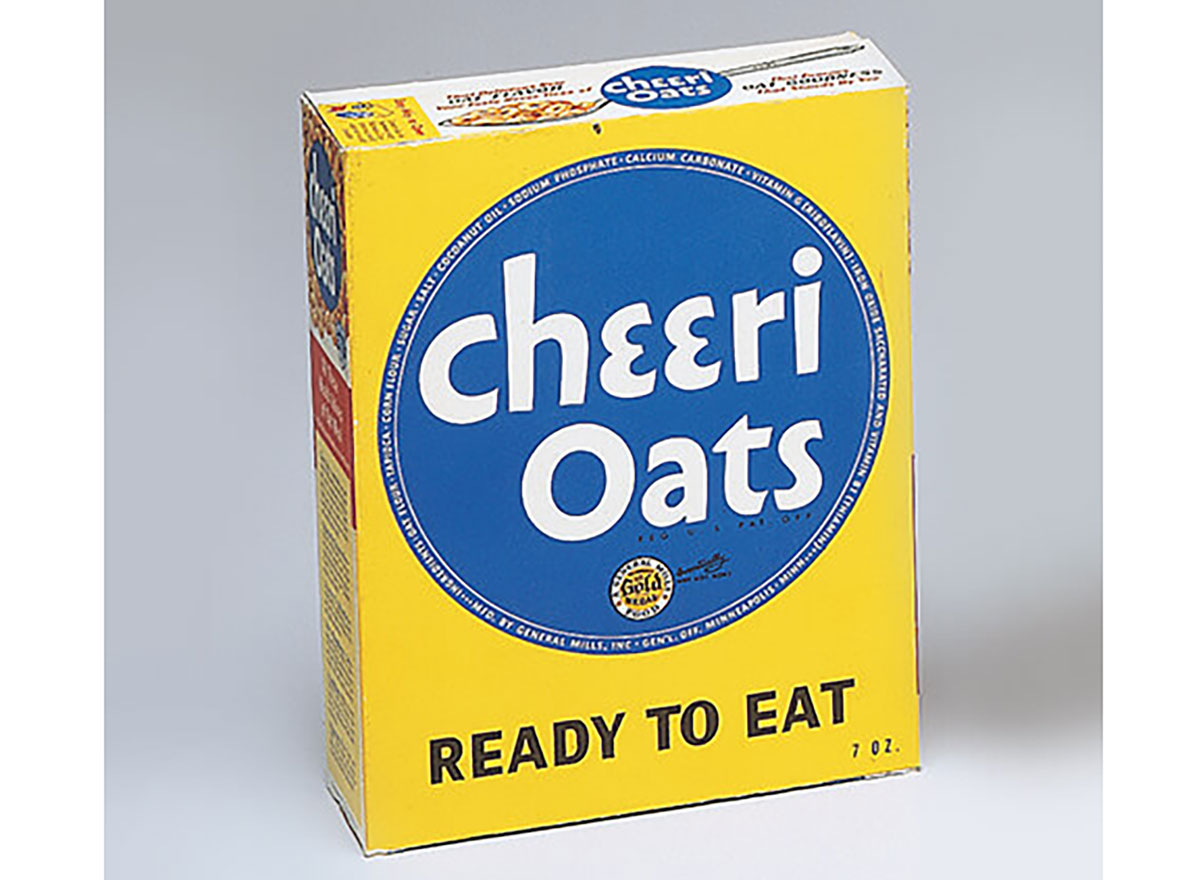

You won’t find CheeriOats on our list of unhealthiest cereals. General Mills’ CheeriOats was the first breakfast food designed to be eaten uncooked, says Jennifer Kaplan with the Culinary Institute of America in St. Helena, California. And this changed what we ate for breakfast, moving forward. It was introduced in 1941, as the first-ever processed ready-to-eat boxed cereal. “It was an audacious introduction, as it asked consumers for the first time to eat a cold breakfast,” says Kaplan.
While CheeriOats has since been rebranded as Cheerios, we have a certain nostalgia for the original name.
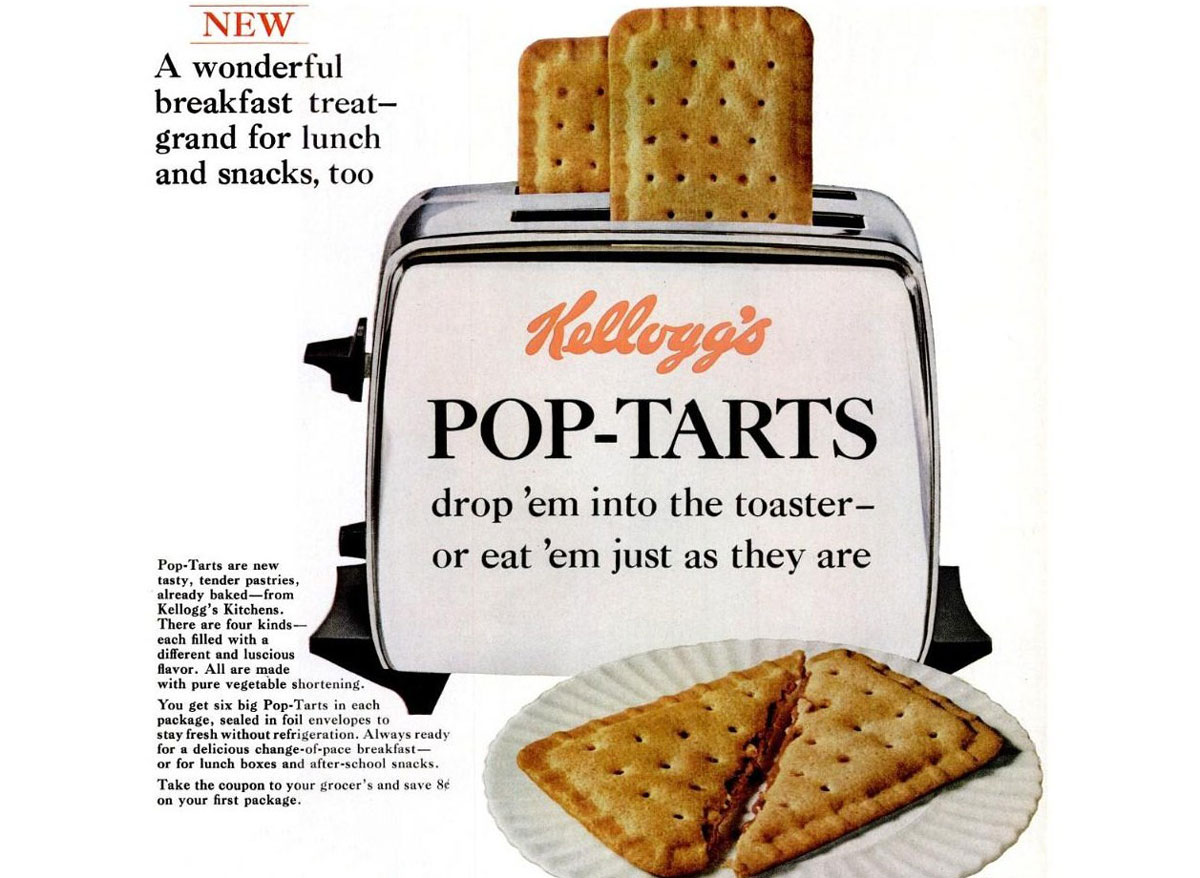

Breakfast of champions, they weren’t. But quick, easy, and filling, yes, and kids loved them for breakfast. Pop-Tarts are a classic breakfast dish that hit the charts in 1964 when Kellogg’s first introduced them. As the years advanced, so did the types of fillings and flavors of the toaster pastries, including frosted. They’re still around, of course, but they’re not eaten as frequently for breakfast anymore.
Source:





